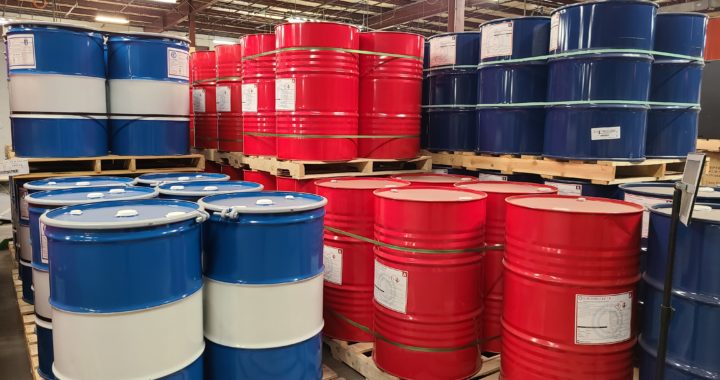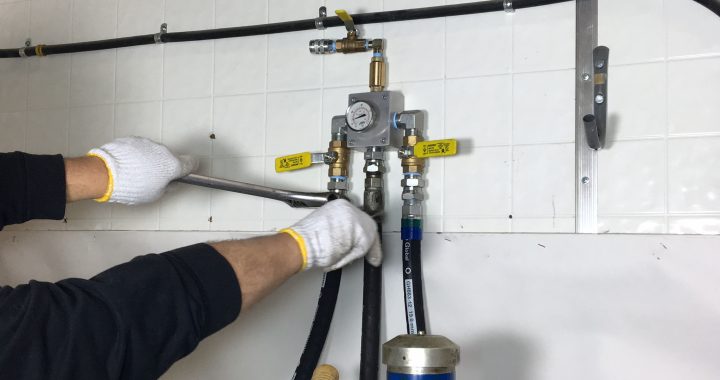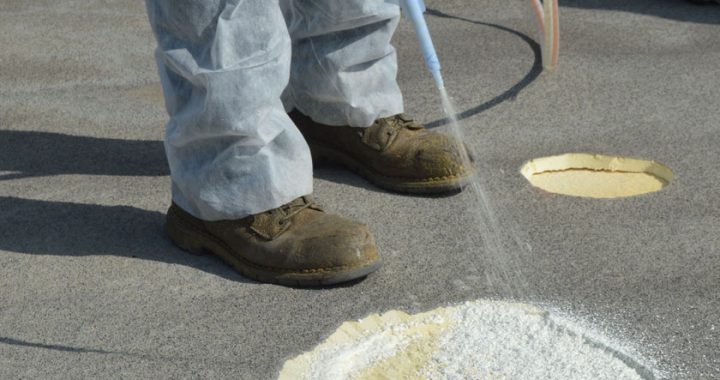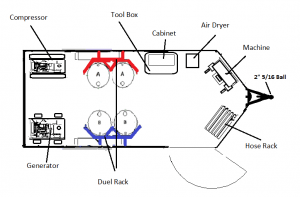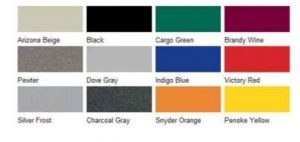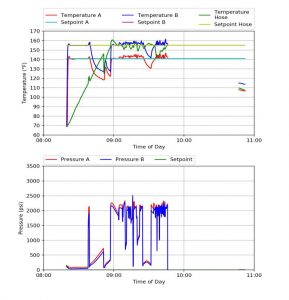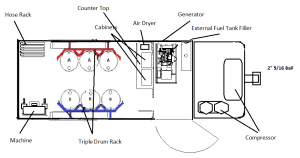A common question we get at SprayWorks is “which spray foam material manufacturer is the best?” The answer to this is less about the manufacturer and more about applying the correct ratio of materials, ensuring good heat, and proper pressure. The real question that needs to be asked is, “what’s required to process the foam correctly?” When purchasing a new spray foam insulation there are several things you should consider, but it starts with knowing the manufacturer’s recommendations. After all, new material can impact your spray pattern, selection of gun tip and rate of application. Understanding these things upfront can save you a lot of time and trouble.
Continue readingCategory Archives: Material
How to Choose a Spray Foam Product
With the ever increasing need to save energy, combined with incentives to utilize more efficient insulation, spray polyurethane foam insulation is fast becoming the insulation of choice. These changes have spawned a new generation of foam applicators, in turn, providing a competitive atmosphere in the marketplace. Material manufacturers have flooded the marketplace and knowing which to choose can be a daunting task. Material will ultimately be the most expensive ongoing product your company will consistently need and you can’t afford to play trial and error – especially when your company’s reputation is at stake.
Continue readingHow Much Spray Foam Per Minute are you Spraying?
Pounds per minute of spray foam can be determined by 4 factors.
- What spray foam machine you are using vs the output it is designed to perform?
- What pressure is the spray foam being sprayed?
- What spray tip or mixing chamber is being used to spray the spray foam?
- How much spray foam can the spray foam mechanic consistently control given the spray foam application?
How Does the Logan Manifold Work
How to Changeover Material Using the Logan Manifold
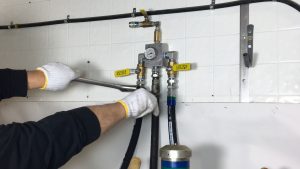
Continue reading
The Problem with Changing Material from Open Cell to Closed Cell
SprayWorks frequently gets calls from contractors with issues related to transitioning their spray foam equipment from one B-side material to another. We recently decided to take action and launched a new product, the Logan Manifold, to help applicators easily transfer material from Open Cell to Closed Cell or from Closed Cell to Open Cell.
Continue reading
How to Minimize SPF Material Waste
Spray polyurethane foam material is one of the ongoing expenses you’ll have as an equipment and business owner. That means it’s one of the biggest areas in your business that you can cut costs by reducing waste when storing or spraying SPF material. Use the following four tips to effectively minimize SPF material waste in your spray foam insulation business.
Continue reading
Weight vs Volume When Mixing
Spray foam material is packaged, sold and shipped on the basis of weight. Therefore, in order to figure the volume of a product packaged in the drum, converting the weight of the product within the drum into gallons is required. To do so, the specific gravity or weight per gallon of material is required information. There is likely to be a difference between manufactures, so confirm with the product supplier to provide this info or if a scale is available, weigh the container first. Specific Gravity and per gallon weight of the liquid for some manufactures are provided on the SDS or product data sheet (formerly MSDS).
Continue reading
4 Ways to Save Material
Material is a costly investment in any project and can easily change your profit margin if you’re not careful. Time has been a learning experience and our experts prepared the top four ways to save material and prevent waste on the job site and in storage.
1. Balance the chemical ratio: When applying spray foam, it’s important to keep your chemical ratio accurate based on the material supplier’s specifications. Is your foam not sticking to the substrate? Is it fishy smelling? These are all signs your ratio is off, requiring a second application and wasting additional material. The fishy smell is a result of the foam being resin rich, requiring a decrease in the “A” side.
Open-Cell Spray Foam vs. Closed-Cell Spray Foam
How to Choose the Right Foam for Your Portable Spray Foam Equipment
When determining which type of polyurethane spray foam insulation to install, careful consideration should be placed on which type of cell is appropriate for the application, whether open-cell spray foam or closed-cell spray foam. SprayWorks offers portable spray foam equipment that is designed to accommodate both open-cell spray foam insulation and closed-cell spray foam insulation, giving our customer true versatility when it comes to performing essential work.
Continue reading
What Is Lean Construction & Why You Should Care
Whether by choice or the imposition of an economic downturn, those within the construction trade who have realized the benefits of implementing lean concepts are way ahead in the industry. The manufacturing industry first experienced measurable results, proving the effectiveness of applying lean principles. Global recession has been behind the spread of lean construction throughout the world.
Continue reading

